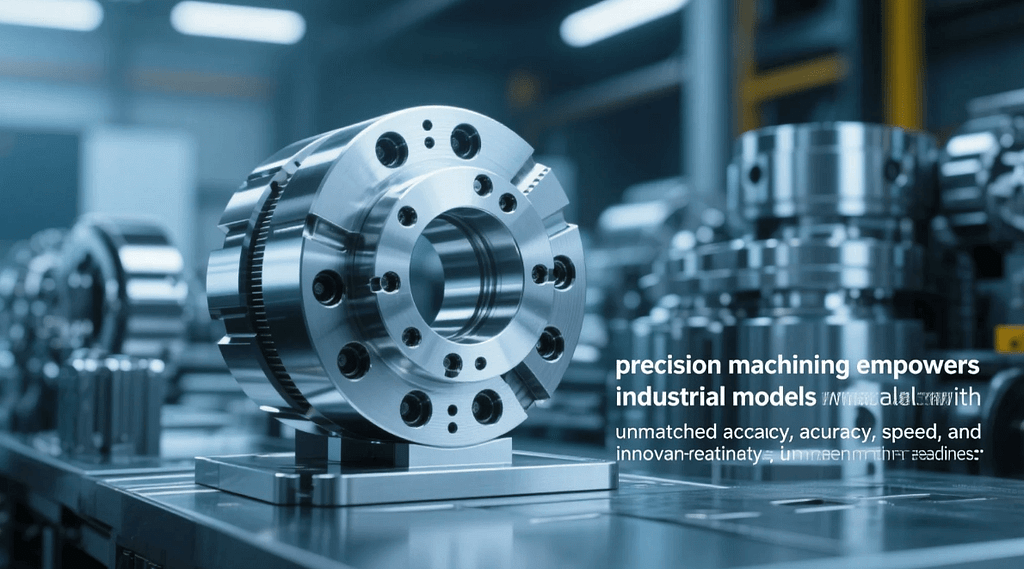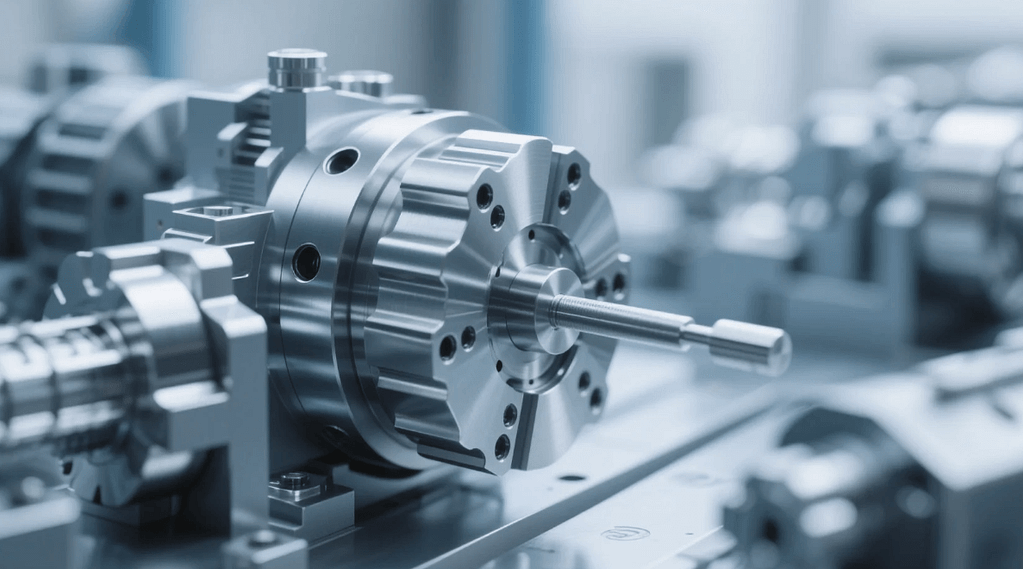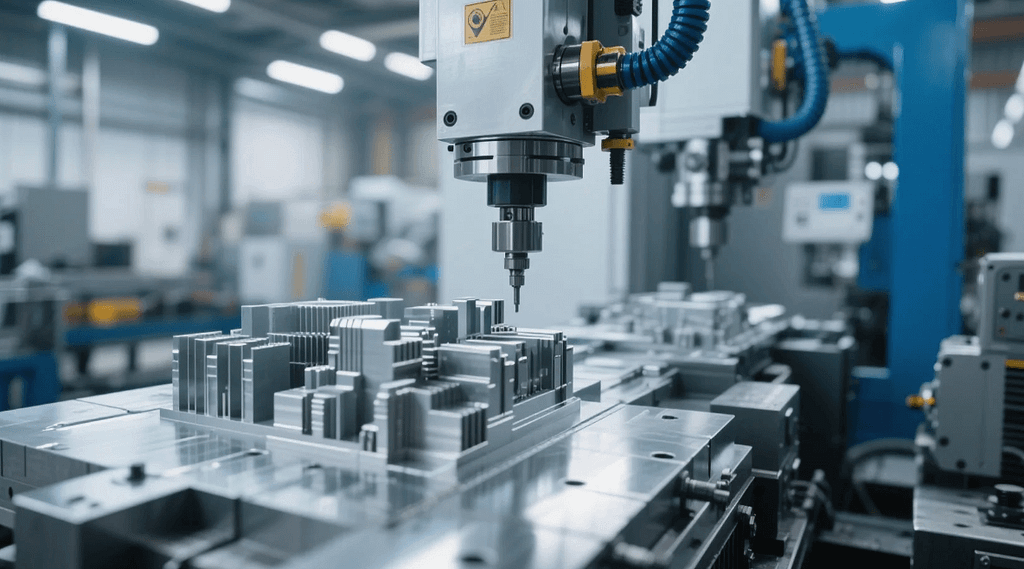In today’s advanced manufacturing landscape, precision machining stands out as a game-changer. For companies that develop industrial models—whether for aerospace, automotive, or consumer tech—accuracy is non-negotiable. This technology allows businesses to produce high-fidelity parts at scale, reducing rework and accelerating time-to-market. The future belongs to those who value precise replication, and precision machining delivers exactly that.
Key Features of Modern Precision Machining
High Tolerance Accuracy
Modern CNC systems can achieve tolerances within microns. For industrial models, especially functional prototypes, this level of detail ensures true-to-design outcomes.
Multi-Material Flexibility
From aluminum to engineering plastics, precision machining supports a wide material range. This flexibility aids in simulating real-world applications with the appropriate strength and durability.
Automated Repeatability
Once programmed, CNC machining repeats exact operations with zero variance. This allows manufacturers to test multiple units without reengineering each part.
Advantages for Industrial Model Manufacturers

Unmatched Detail and Fit
Intricate geometries and interlocking parts are possible with minimal finishing. That’s critical for engineering reviews or investor presentations.
Accelerated Prototyping
Time-sensitive projects benefit immensely. What once took weeks can now be accomplished in days thanks to high-speed milling and multi-axis turning.
Reduced Material Waste
By removing only the necessary amount of material, precision machining conserves resources—essential for both budget and sustainability.
Targeted Applications in the Industrial Modeling Sector
Aerospace Models
Flight-critical prototypes often require structural integrity testing. Machined components can replicate this without full-scale production.
Robotics and Automation Systems
Small parts with gears, actuators, or mountings must align perfectly. Precision machining assures functionality in scaled-down versions.
Architectural and Civil Engineering Models
Recreating facades, load-bearing elements, or internal frameworks becomes easy, accurate, and visually compelling.
Future Outlook for Precision Machining in Model Fabrication

Integration with 3D Printing
Hybrid workflows are rising. Companies combine additive manufacturing for complex interiors with precision machining for functional exteriors.
Micro-Machining Breakthroughs
Progress in tooling and spindles enables even smaller components to be produced with full-scale precision—ideal for medical or nano-tech models.
AI-Driven CAM Programming
AI is streamlining the design-to-manufacture cycle. Auto-generated tool paths reduce errors and enhance production consistency.
Implementation Strategies for Industrial Users
Design with Machining in Mind
Optimize CAD files for subtractive methods—minimize internal corners and ensure consistent wall thickness.
Choose the Right Machine Shop
Seek partners with experience in industrial model projects. Their understanding saves time and elevates output quality.
Evaluate Total Lifecycle Costs
Don’t just assess per-unit pricing. Factor in time saved, reduced rework, and presentation value.
Conclusion: Precision Machining as a Catalyst for Innovation
For companies relying on physical prototypes, precision machining is more than a fabrication technique—it’s an innovation strategy. It bridges concept and reality with speed, accuracy, and reliability. By embracing this technology, industrial model manufacturers position themselves for long-term success in a competitive market.
FAQs
Q1: Can precision machining handle one-off prototypes?
Yes, it excels at short runs and single-unit accuracy.
Q2: What’s the best material for machining prototypes?
Aluminum is versatile and cost-effective, though plastics are common for early iterations.
Q3: Does CNC machining require extensive post-processing?
Minimal. Surfaces often meet required finishes directly off the machine.
Q4: Is precision machining expensive for small companies?
Not necessarily—costs are offset by speed and reduced error margins.
Q5: How does it compare to 3D printing?
3D printing excels in complexity; machining wins in strength, precision, and surface finish.
